APPLICATIONS WE ENABLE
Our products go farther and make your mission easier. From open architecture 3U VPX cards to the industry’s smallest SDR module, Epiq operates at the forefront of low SWaP, high performance radio architectures—helping you thrive in the evolving defense landscape.
APPLICATIONS
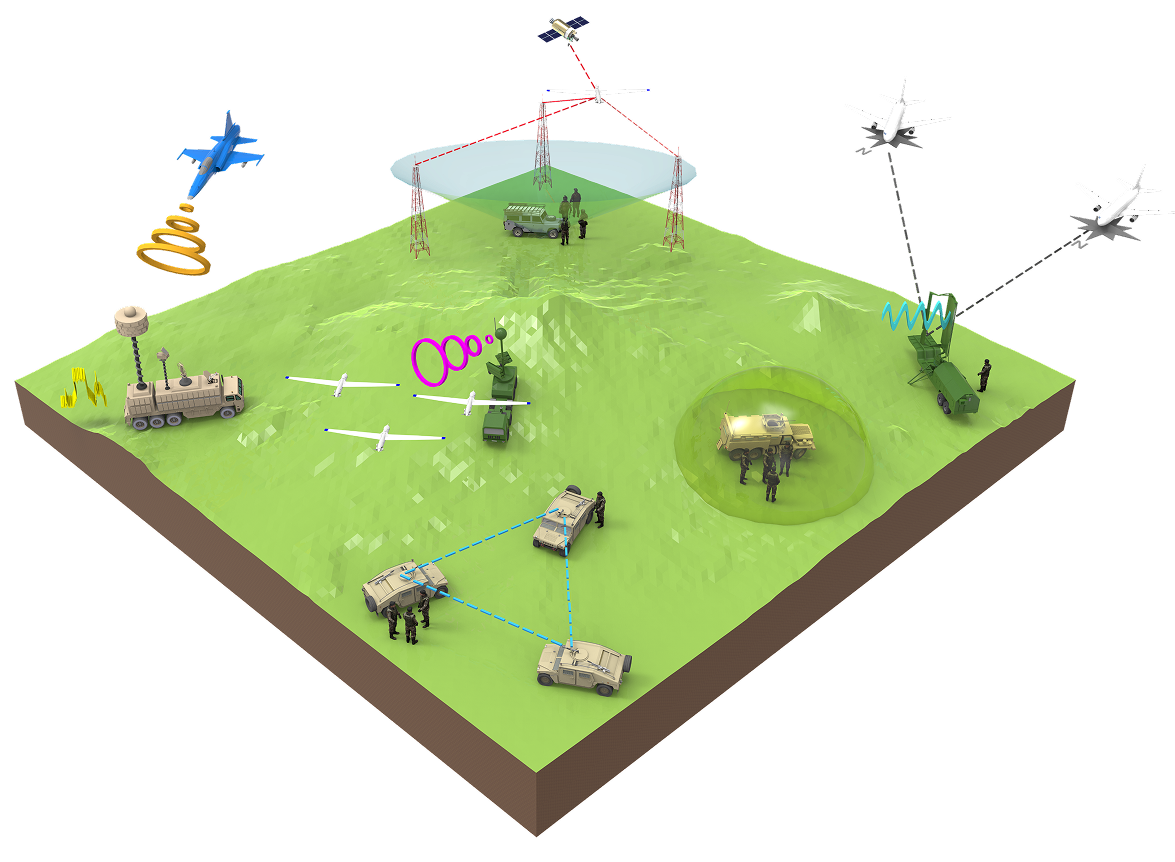

Our products go farther and make your mission easier. From open architecture 3U VPX cards to the industry’s smallest SDR module, Epiq operates at the forefront of low SWaP, high performance radio architectures—helping you thrive in the evolving defense landscape.
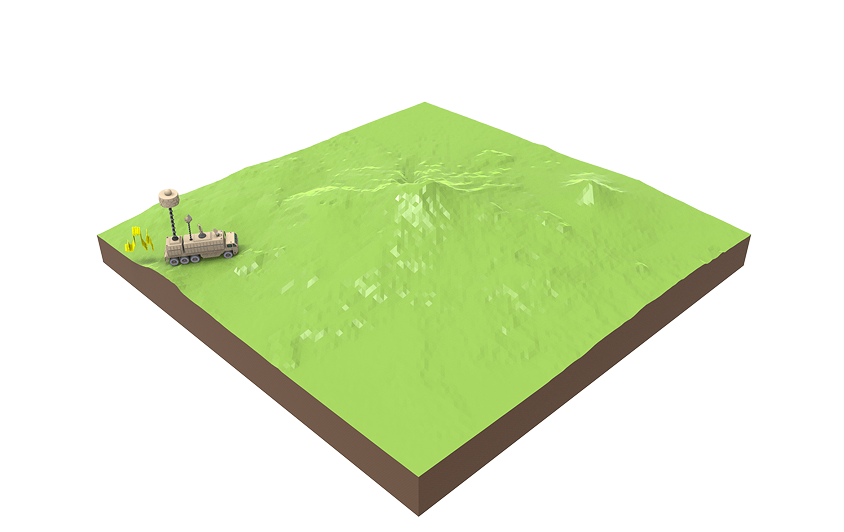
COMINT, SPECTRUM AWARENESS
A wide range if signals are of interest for defense, allowing users to understand the environment around them and a potential adversary. Signals can include 2G/ 3G/ 4G/ 5G cellular, Wi-Fi, Bluetooth, IoT such as LoRa & Zigbee, two-way radio signals such as P25, TETRA and mobile ad-hoc radio networks. Can be HF/ VHF often up to 6 GHz, but 5G can be up to 40 GHz. Signals are usually narrow band, but wide bandwidth SDRs can be used for broad collection.
VIEW RELATED PRODUCTSWHITEPAPERS
MINIMUM RADIO REQUIREMENTS
Required
Minimum
Tunable Channels
Bandwidth
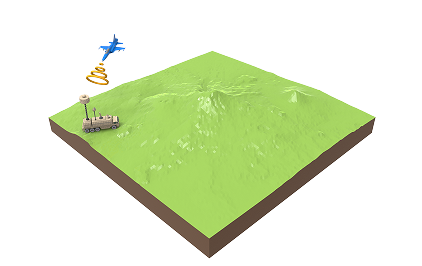
JAMMING/ ELECTRONIC ATTACK
Part of controlling the electromagnetic spectrum is to emit RF or EM energy to disrupt or deceive adversaries. This can range from blocking or desensitizing receivers through to emulating one or many transmitters to confuse them by receiving an incoming signal, delaying or slightly altering it, and then retransmitting it. This can place tight requirements on the processing latency of radios for some applications. Often multiple coherent channels are required for beam-forming.
VIEW RELATED PRODUCTSMINIMUM RADIO REQUIREMENTS
Required
Required
Tunable Channels
Required
Bandwidth
Above 6 GHz
Channels
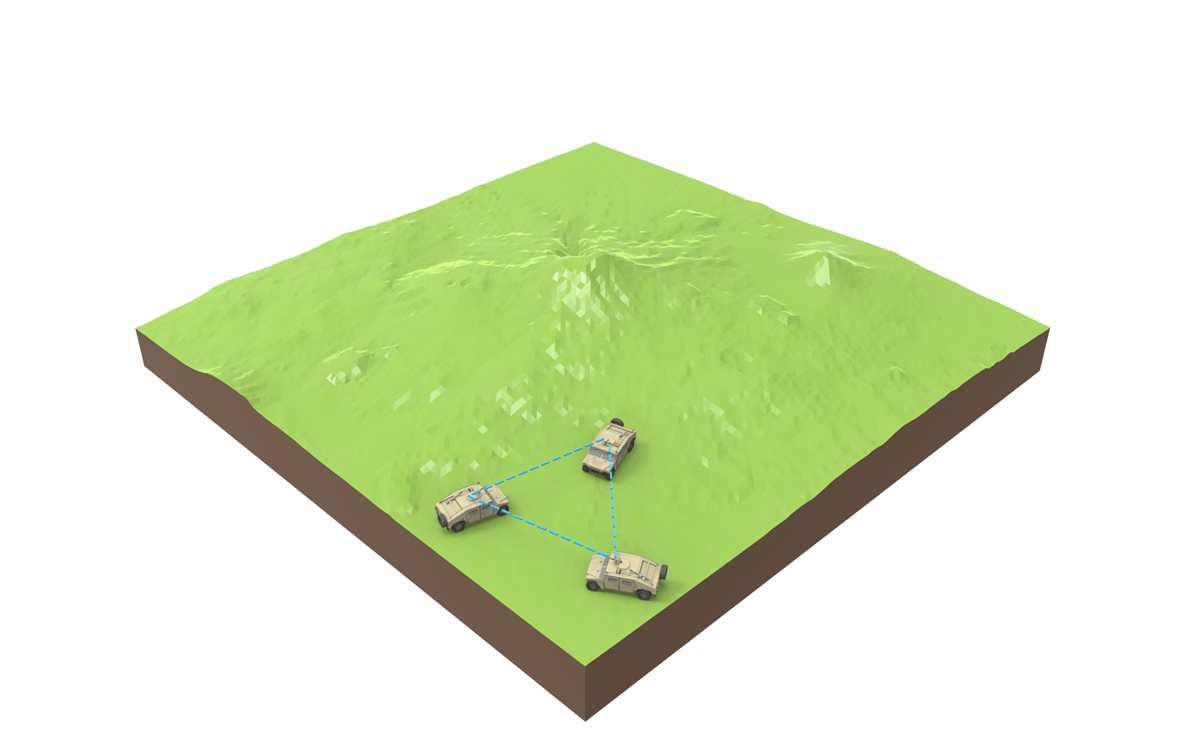
SPECIAL COMMUNICATIONS
These are specialized communication systems that use non-standard frequencies and protocols to support the wireless transport of data. They often use ‘Low Probability of Intercept’ (LPI) and ‘Low Probability of Detection’ (LPD) waveforms, encryption and frequency hopping. Can require multi channel for mesh networks or beam-forming.
VIEW RELATED PRODUCTSMinimum radio requirements
Required
Required
Tunable Channels
Required
Bandwidth
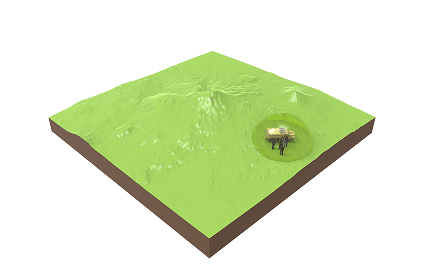
OWN-FORCE MONITORING
Often involves monitoring of radio communications, beacon signals, transponder emissions, and telemetry data emitted intentionally (e.g., Blue Force Tracker systems) or unintentionally (e.g., tactical radios, IFF transponders). Wide tuning range and fast scanning are helpful attributes for SDRs in this context.
VIEW RELATED PRODUCTSMinimum radio requirements
Required
Minimum
Bandwidth
Above 6 GHz
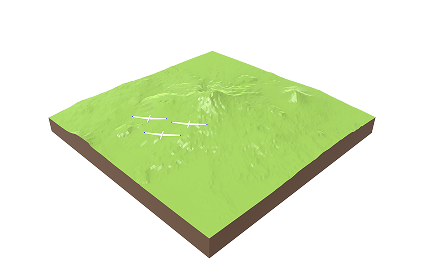
EMULATION/ DECOYS
The flexibility of SDRs makes them ideal for emulating a wide variety of signals. Often the aim is to fool an adversary about the number, type and location of emitters in a contested area, including radars, GPS-spoofing, radio chatter, or saturate and overload spectrum monitoring or radar systems to degrade effectiveness.
VIEW RELATED PRODUCTSMinimum radio requirements
Required
Tunable Channels
Minimum
Bandwidth
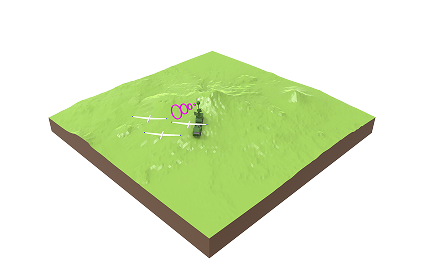
DRONE DETECTION/ COUNTER-UAS
Command and control over RF, including a video feed, can be on a variety of different frequencies, requiring SDR flexibility. Consumer drones have often used easily available Wi-Fi chip sets and been confined to below 6 GHz, but this is changing. SDRs can be used to detect, and also to disrupt or takeover control of uncrewed platforms.
VIEW RELATED PRODUCTSMinimum radio requirements
Required
Required
Tunable Channels
Required
Bandwidth
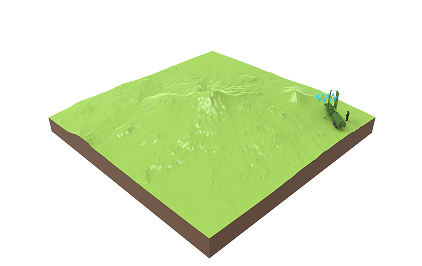
ELINT/ COUNTER-RADAR
ELINT is usually focused on the detection of radar signals, which are often very broadband as this directly impacts system resolution. SDRs are required to have wide instantaneous bandwidths from hundreds of MHz to GHz. Radar bands stretch from VHF/UHF up in frequency, commonly through X-band and above, including beyond 40 GHz.
VIEW RELATED PRODUCTSWHITEPAPERS
Minimum radio requirements
Required
Tunable Channels
Minimum
Bandwith
Above 6 GHz
Bandwidth
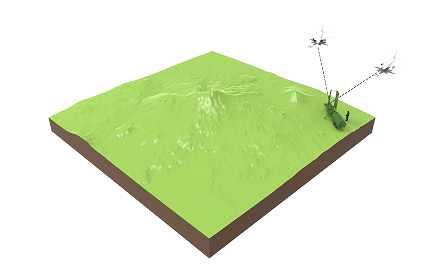
DIRECTION FINDING/ GEOLOCATION
In many situations GPS signals can noDF usually uses an array of antennas to locate a signal of interest, ranging from 2, commonly to 4, and 8 for high precision systems. Requires phase coherent channels, and broad tuning range. Often included as part of ELINT/COMINT systems. Geolocation can use multiple platforms in different location sto triangulate signals, requiring precise system timing to correlate measurements.
VIEW RELATED PRODUCTSWHITEPAPERS
Minimum radio requirements
Required
Channels
Required
Bandwidth
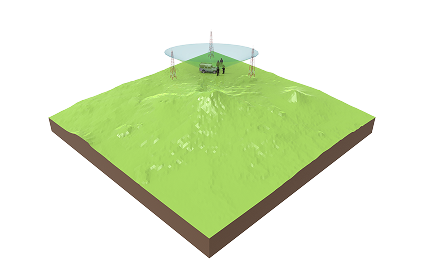
NETWORK SURVEY/ DRIVE TEST
A subset of spectrum awareness, its common to want to understand the RF environment in a contested area. Surveys can be carried out by driving through an area, or by leaving behind SDRs that are capable of passively recording scans as they tune across bands. Multi-channel radios allow more data/ faster scanning to be achieved.
VIEW RELATED PRODUCTSWHITEPAPERS
Minimum radio requirements
Required
Tunable Channels
Required
Bandwidth
Above 6 GHz
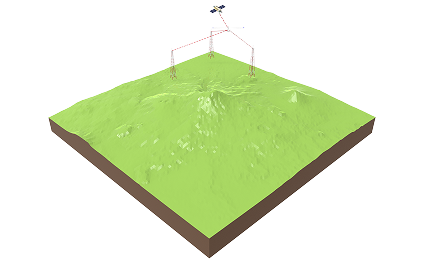
ALTERNATIVE-PNT
In many situations GPS signals can no longer be relied upon. A-PNT uses signals of opportunity to determine position and time information including cell tower transmissions, FM radio transmitters, satellite signals from space. Multi-channel SDRs allow simultaneous reception of multiple sources to ensure sufficient accuracy.
VIEW RELATED PRODUCTSMinimum radio requirements
Required
Required
Bandwidth


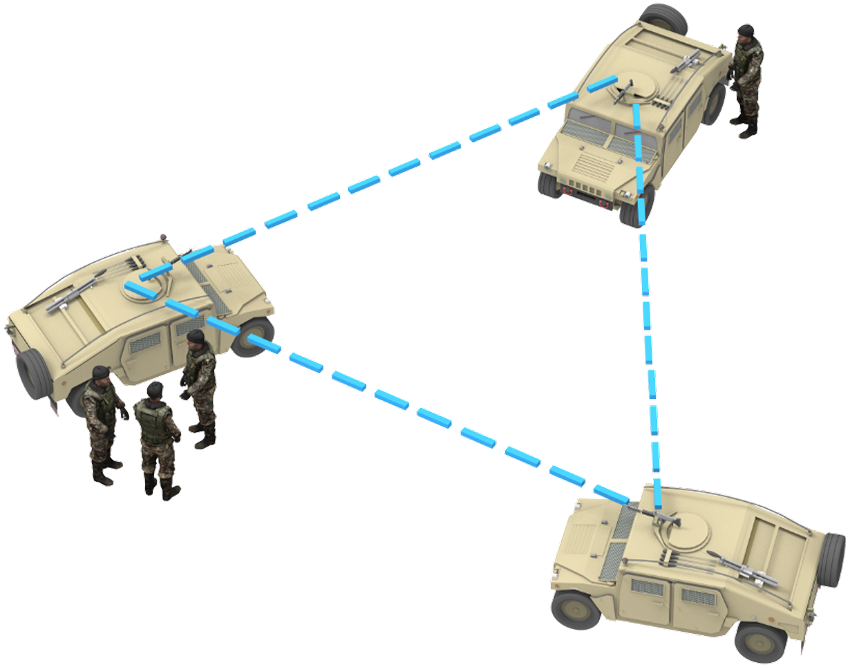
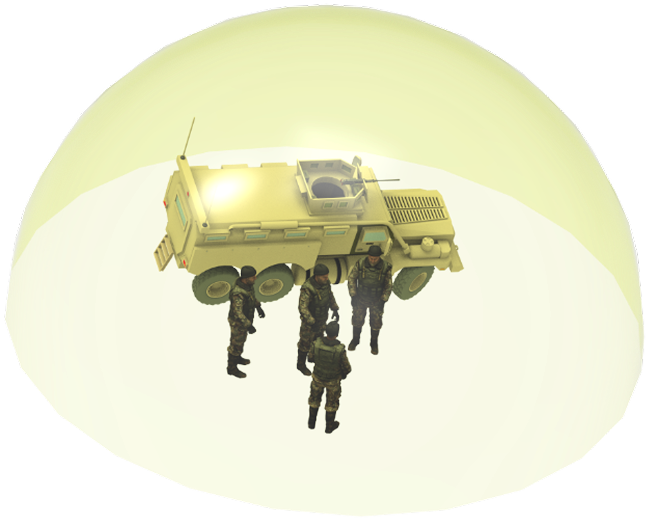

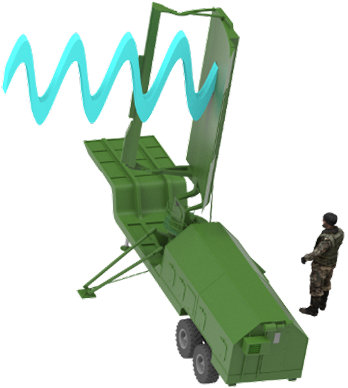
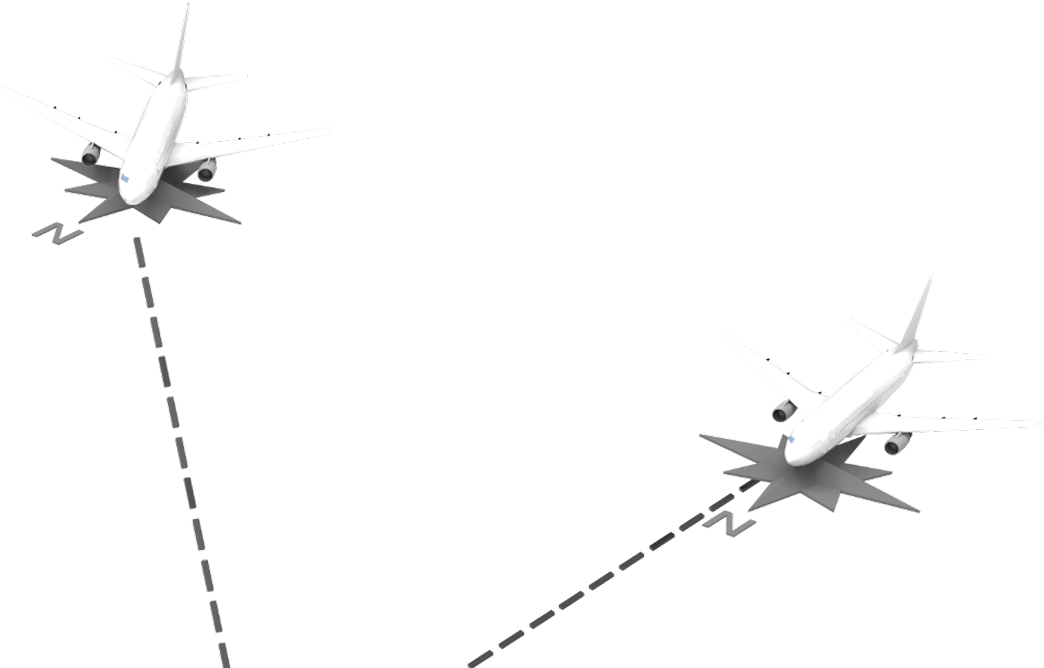
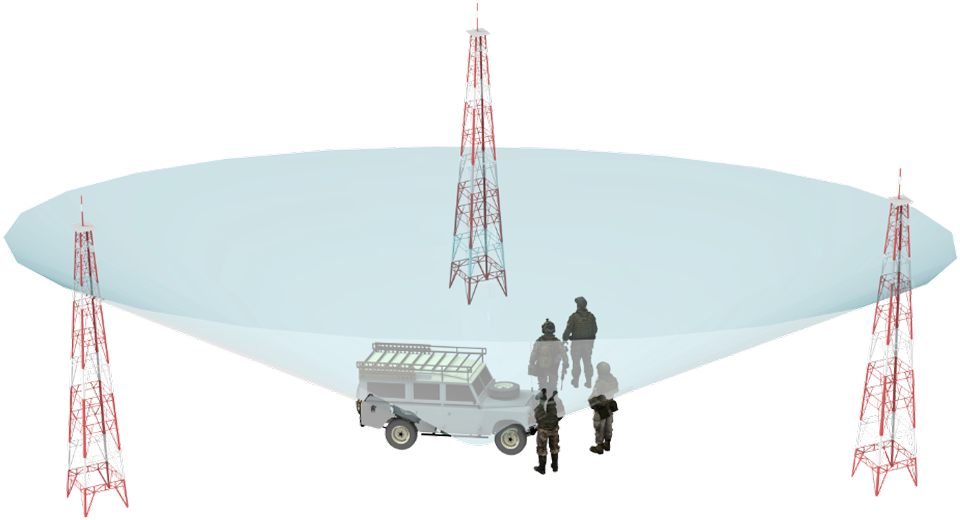
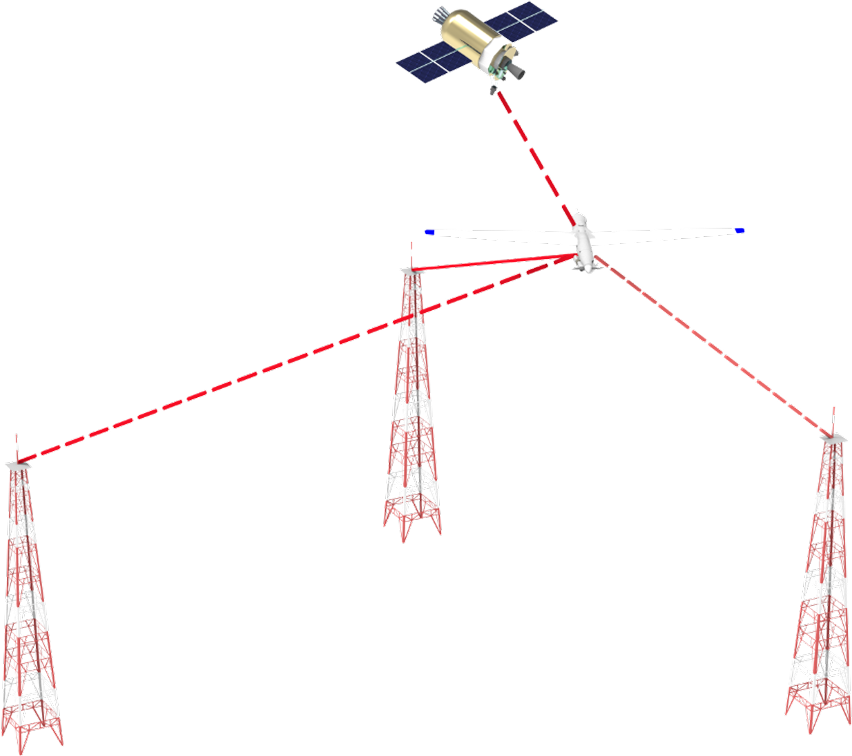
PLATFORMS
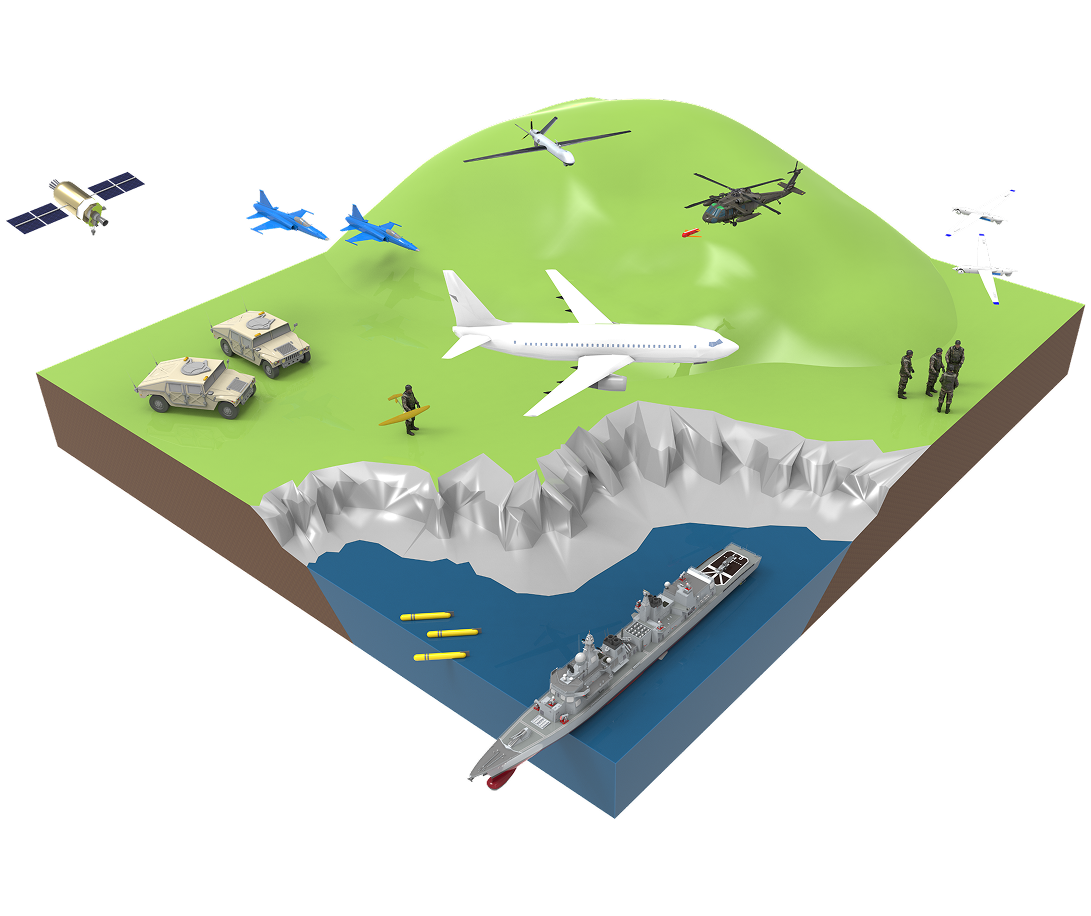
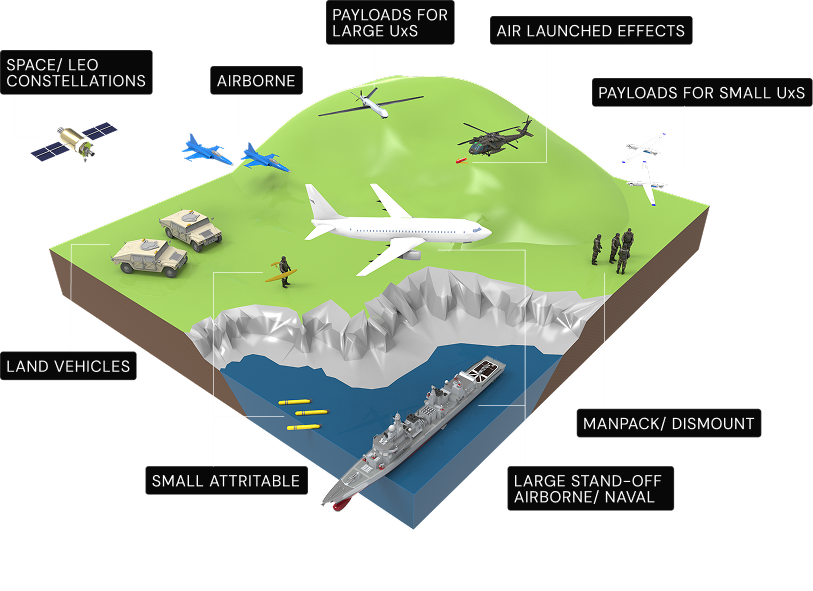
Our products go farther and make your mission easier. From open architecture 3U VPX cards to the industry’s smallest SDR module, Epiq operates at the forefront of low SWaP, high performance radio architectures—helping you thrive in the evolving defense landscape.

LARGE STAND-OFF AIRBORNE/ NAVAL
Bigger platforms have little limitation on size, weight and power, and have the room to allow use of 3U VPX and 19” racks. However, the desire for dense channel density in a particular form-factor is high. Radios are often networked and tasked by many users. Large standoff distances require the highest performance SDR performance in order to pick out low power signals at great distances in very cluttered spectral environments.
VIEW RELATED PRODUCTSTypical Radio Form Factors
Designed
VPX
Rack Mount

MANPACK/ DISMOUNT
SDRs must be ultra-portable, highly secure, and battery-efficient for dismounted operations. Communications often include HF/ VHF/ UHF requiring lower frequency coverage. Modular standards including, SOSA, CMOSS and to some extent VICTORY enable interoperability.
VIEW RELATED PRODUCTSTypical Radio Form Factors
VPX
VNX+
Designed
Factor

PAYLOADS FOR SMALL UxS
Groups 1-3 (NATO Classes 1 & 2) cover up to 1,320 lb. or 600 kg. Most frequently tactical, portable and smaller and includes a very wide variety of shapes and sizes. SDRs most often valuable for payloads including for signal collection, DF and emulation. Need to be lightweight and power efficient as directly affects range. Desirable to have units return from missions where possible.
VIEW RELATED PRODUCTSWHITEPAPERS
Typical Radio Form Factors
Designed
Factor
VPX
VNX+
Payload
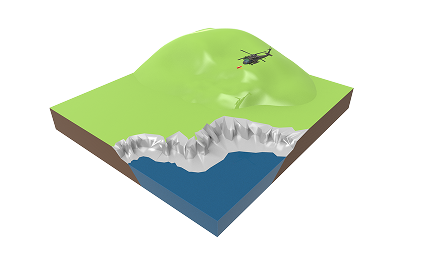
AIR LAUNCHED EFFECTS
Air Launched Effects are usually small, mission-focused UAS that extend and protect manned capabilities in denied environments. They tend to rely on stealthy operation and are required to change quickly between roles, from signal collection, to decoy, to jamming etc. They often have the most stringent SDR requirements for extreme small size, weight and power, as well as autonomous operation.
VIEW RELATED PRODUCTSWHITEPAPERS
Typical Radio Form Factors
Designed
Factor
VPX
VNX+
Payload
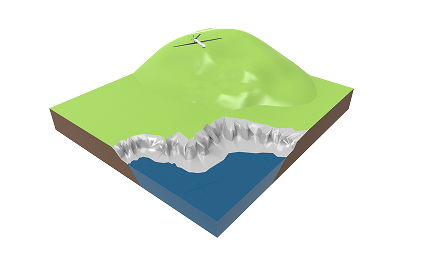
PAYLOADS FOR LARGE UxS
Groups 4 & 5 (NATO Classes 3) are usually large (greater than 1,320 lb. or 600 kg), strategic platforms that fly at high altitude such as MQ-9 Reaper, RQ-4 Global Hawk. Size, weight and power less constrained than in smaller platforms, payloads need to survive airborne environment. Move towards modular including AgilePod for complete systems, Modular Payload (Mod Payload), and 3U VPX for radios and other functions in addition to custom.
VIEW RELATED PRODUCTSWHITEPAPERS
Typical Radio Form Factors
VPX
Designed
Payload
VNX+

AIRBORNE
Fighter jet RF systems must combine multi-band agility, stealthy emissions, hardened survivability, and extreme modularity, all in the tightest possible SWaP envelopes. SDRs must seamlessly integrate COMMs, EW, radar, and SIGINT tasks while complying with open standards (OMS/UCI, SOSA) to enable rapid upgrades and multi-vendor interoperability.
VIEW RELATED PRODUCTSTypical Radio Form Factors
Rack Mount
VPX
VNX+
Designed
Factor
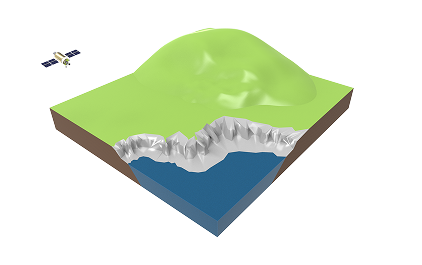
SPACE/ LEO CONSTELLATIONS
LEO constellation SDRs must combine extreme SWaP efficiency, multi-band agility, autonomous operation, and high resilience (both RF and radiation) into compact payloads. Standards like CCSDS, SDA ISL, and ITU regulations dominate space-ground links, while SOSA and CMOSS-like modularity are beginning to influence future spaceborne SDR architectures for flexibility and multi-vendor interoperability.
VIEW XIPHOS PRODUCTSWHITEPAPERS
Typical Radio Form Factors
Designed
VPX
VNX+
Factor

LAND VEHICLES
Less constrained than some platforms listed here, vehicles are expected to perform a wide range of RF operations over a wide frequency range. Low frequency operation forces trade-offs in antenna design. 19” rack mounted systems are sometimes used, but must often survive vibration, heat and a complex EMI/ EMC environment. 3U VPX form-factor SDRs are commonly used, with CMOSS/ SOSA and VICTORY (Vehicular Integration for C4ISR/EW Interoperability) standards aimed at enabling interoperability.
VIEW XIPHOS PRODUCTSTypical Radio Form Factors
Designed
VPX

SMALL ATTRITABLE
Small air or maritime platforms that are intended for single-use operation. Size, weight, power, and cost are typically critical, since attributable platforms are expected to be delayed in large volumes. Applications include detection, identification, locating, and reporting RF signals of interest.
VIEW XIPHOS PRODUCTSWHITEPAPERS
Typical Radio Form Factors
Designed
Factor
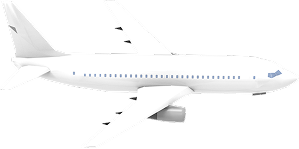
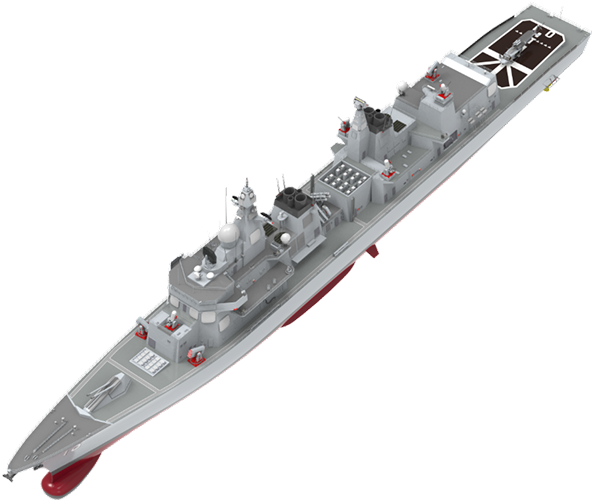

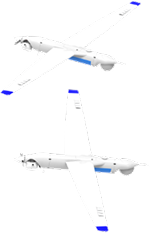
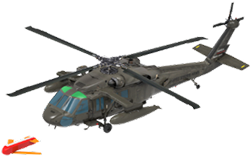

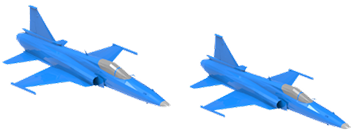
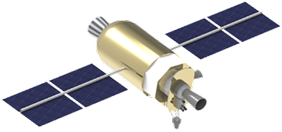
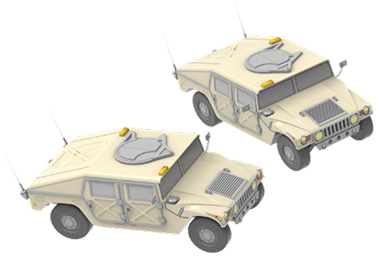












.webp?length=400&name=Cyber-Radio-NDR585%20(3).webp)
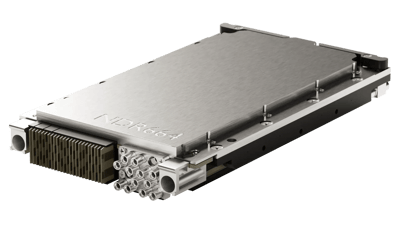
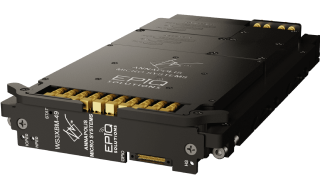









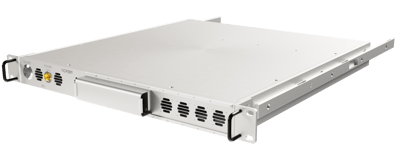
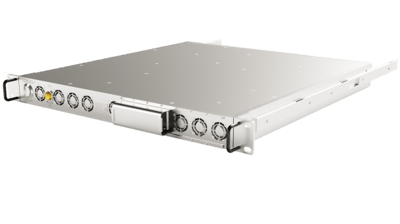


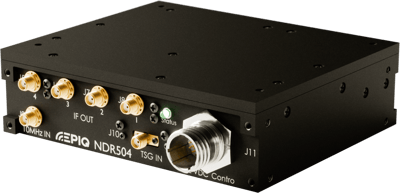


.webp?width=70&height=70&name=Vector%20(1).webp)
